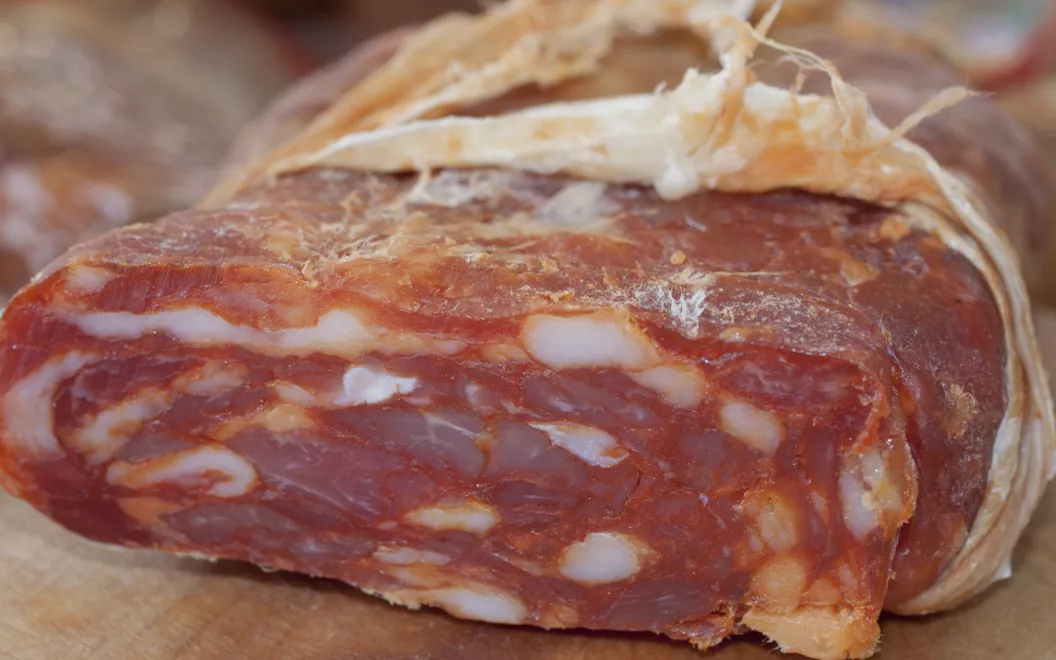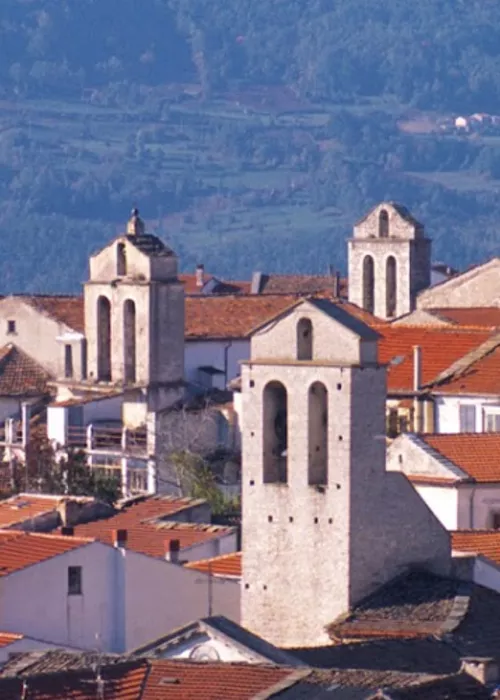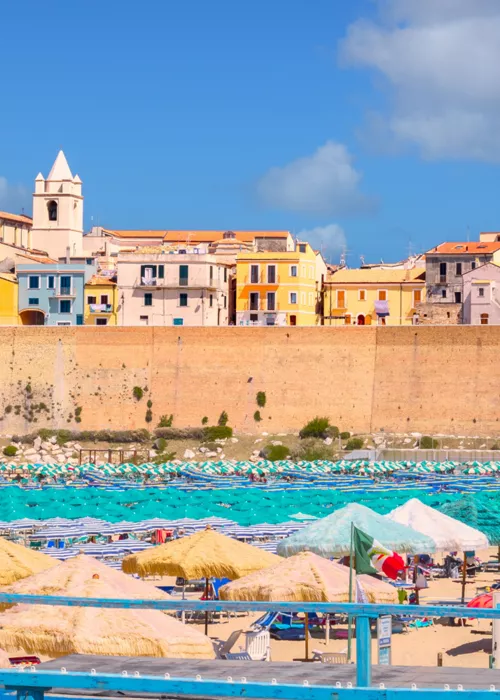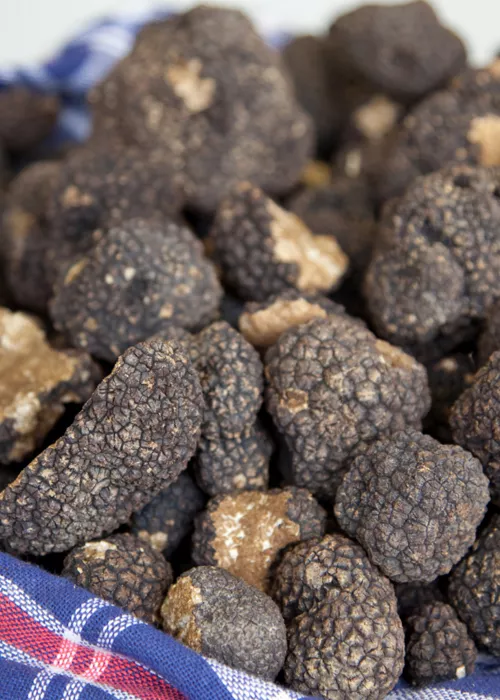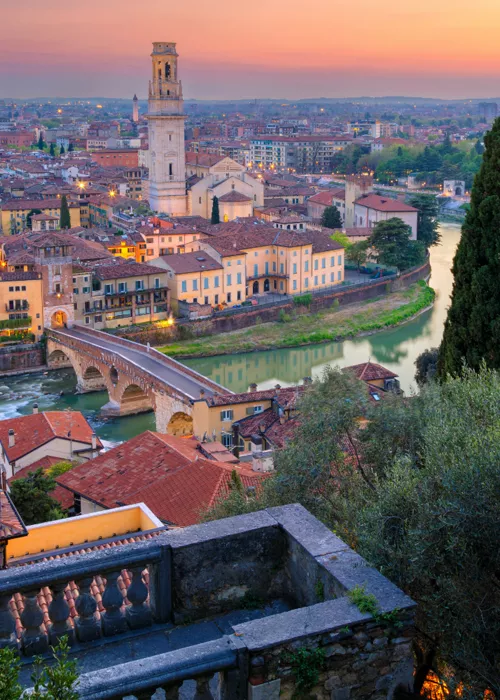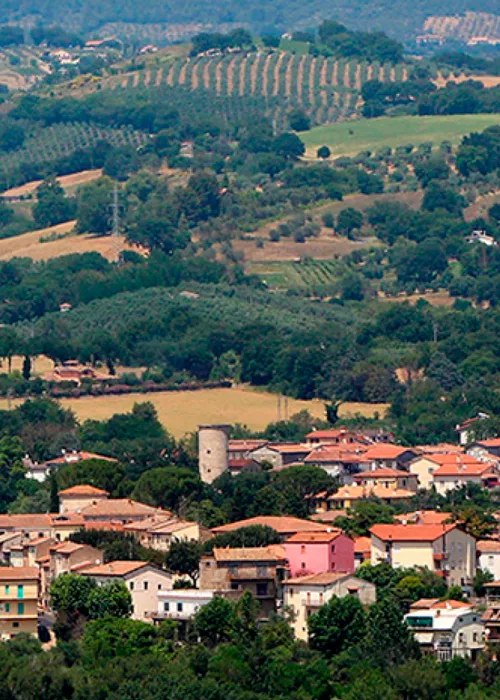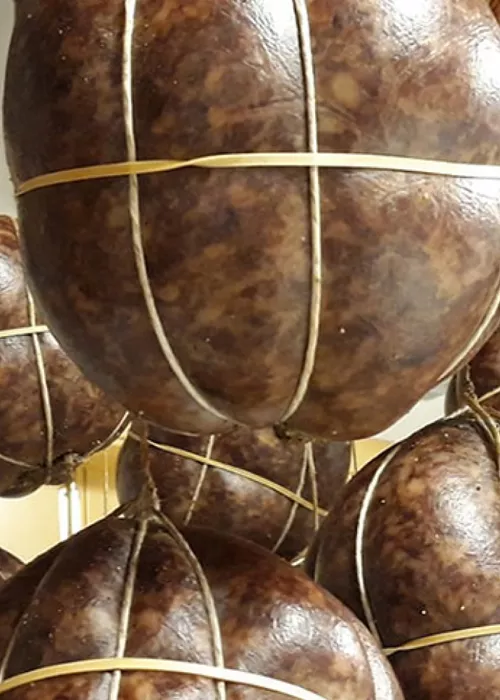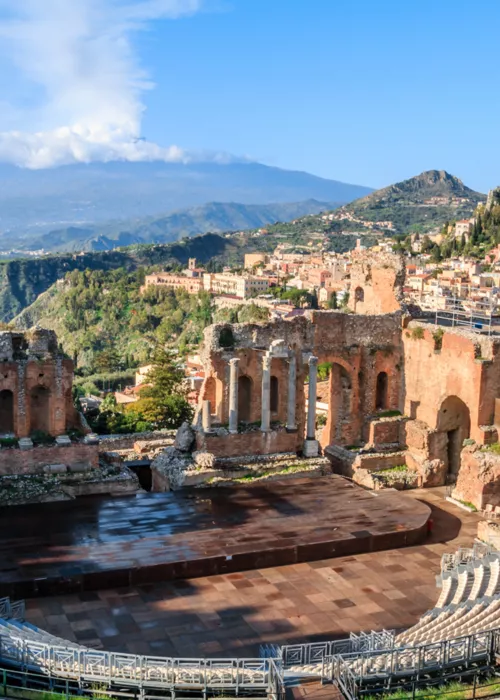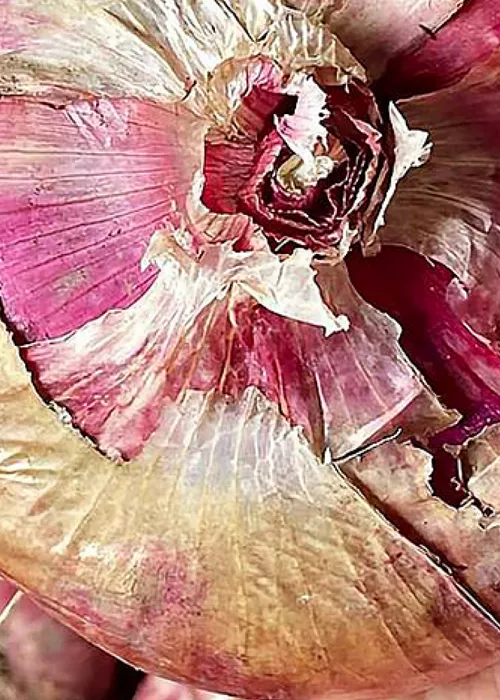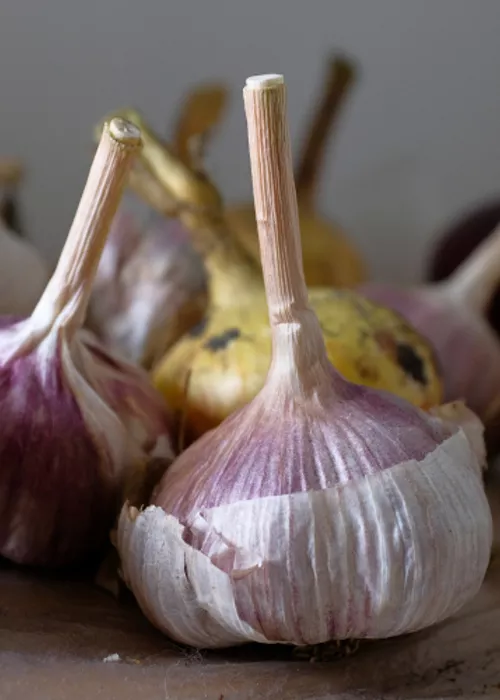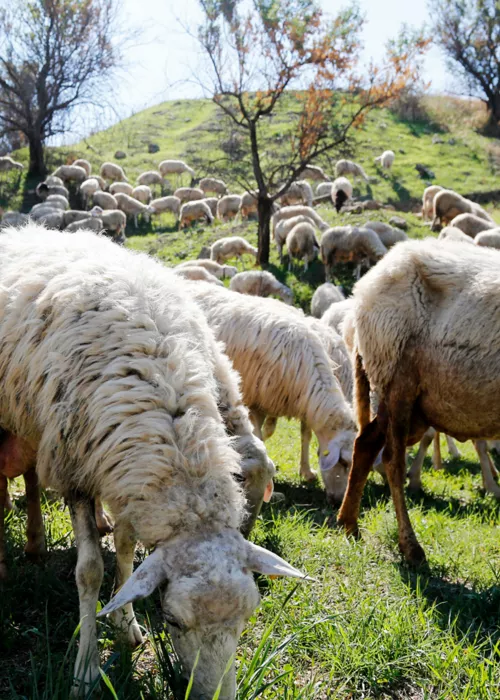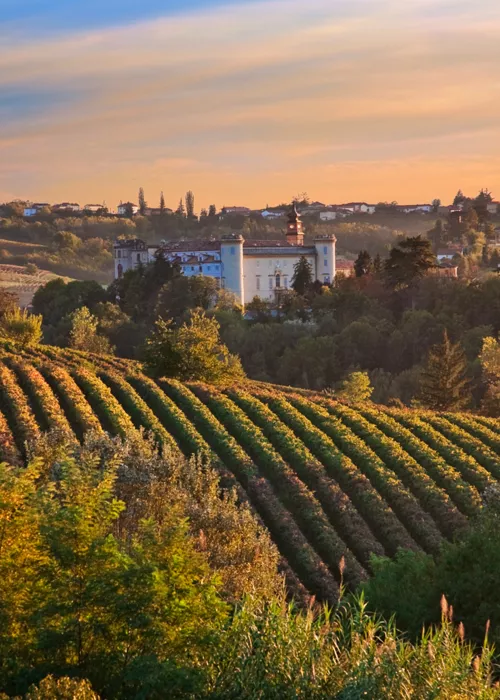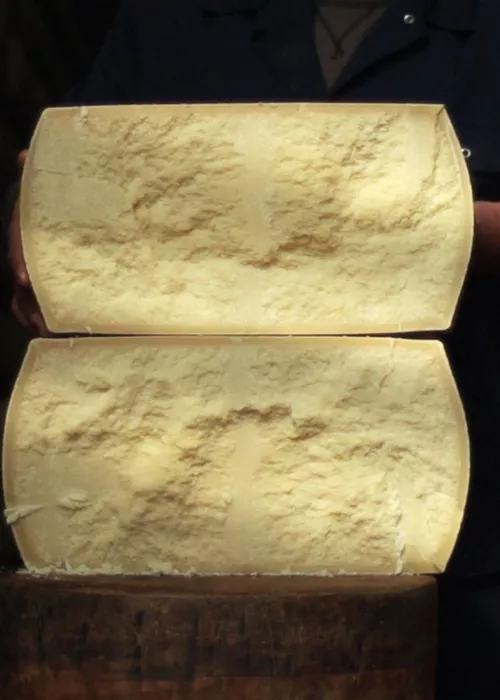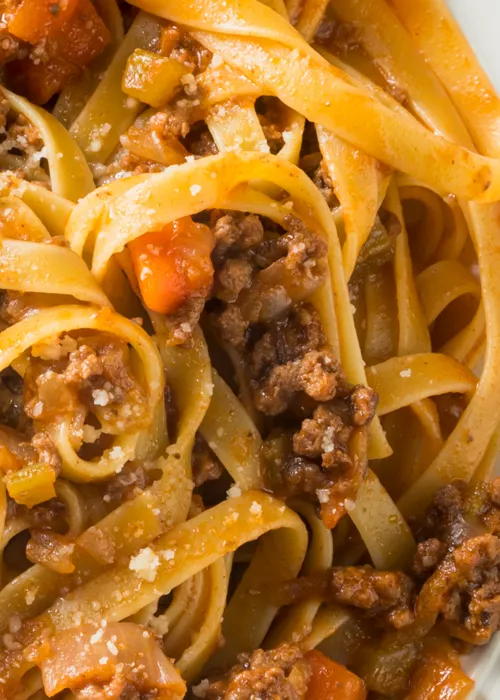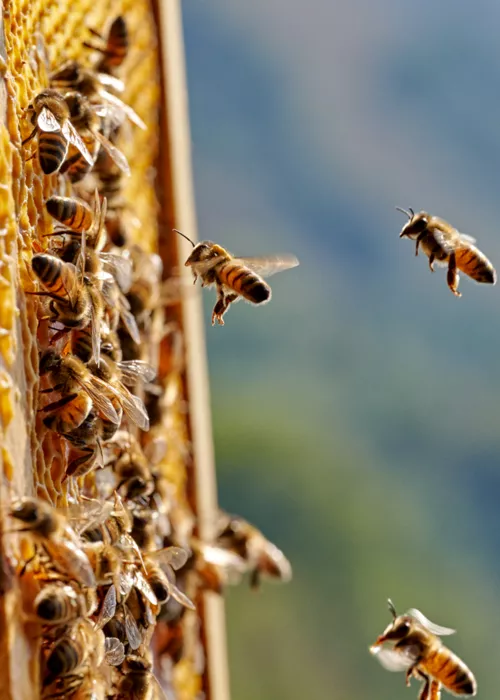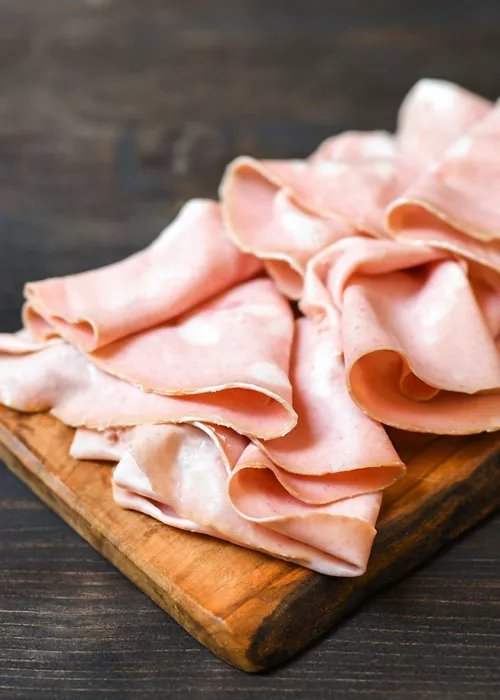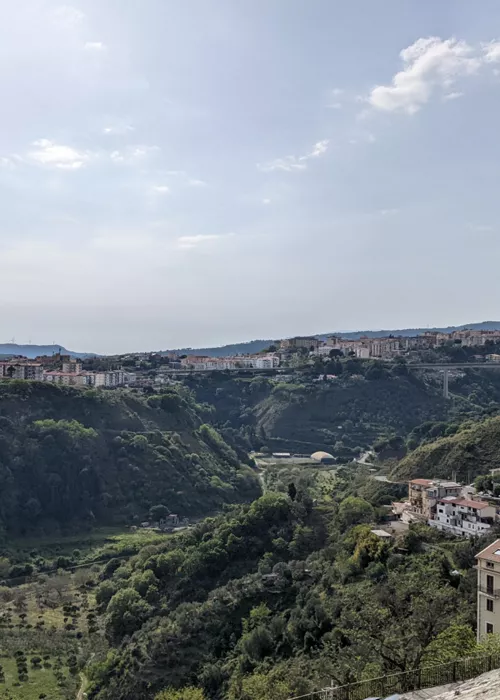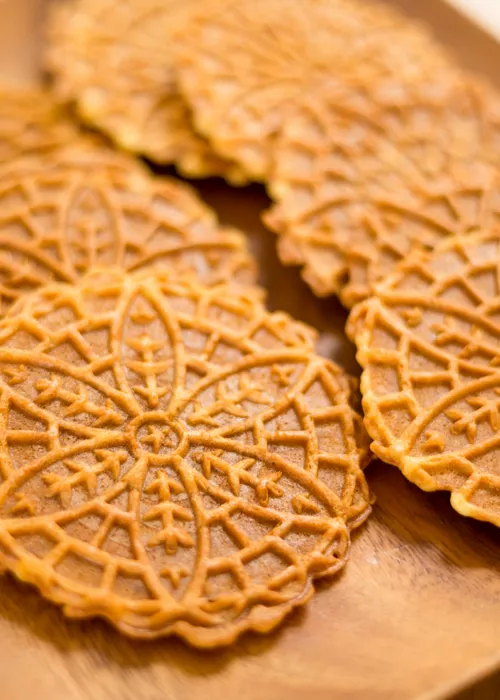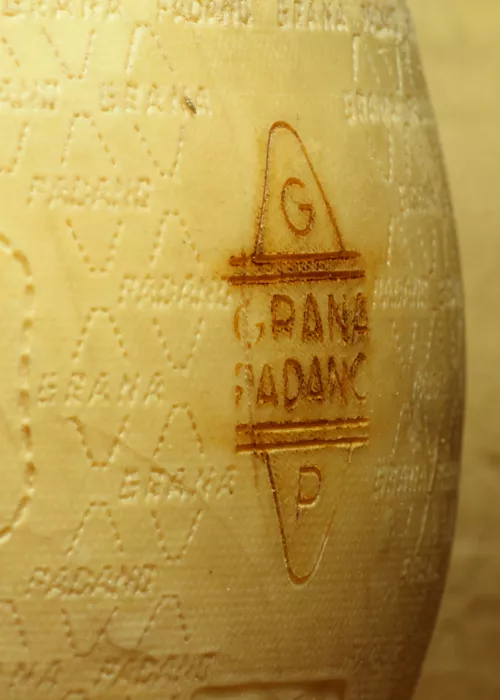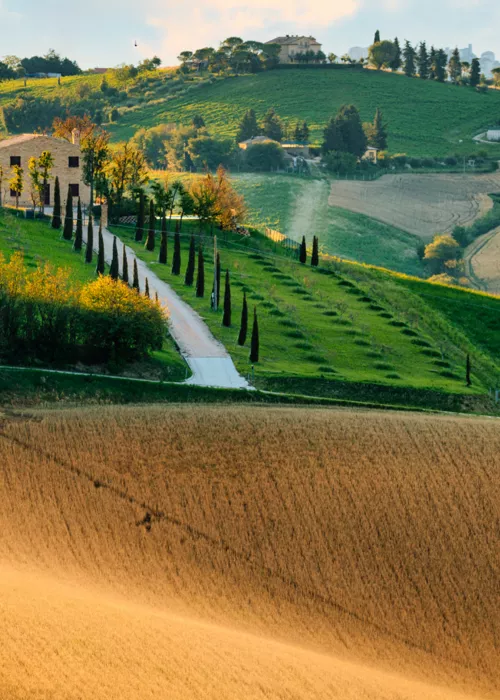The Molise region by way of Donato De Santis’ pizza
3 minutes
History of soppressata and other culinary wonders of Molise
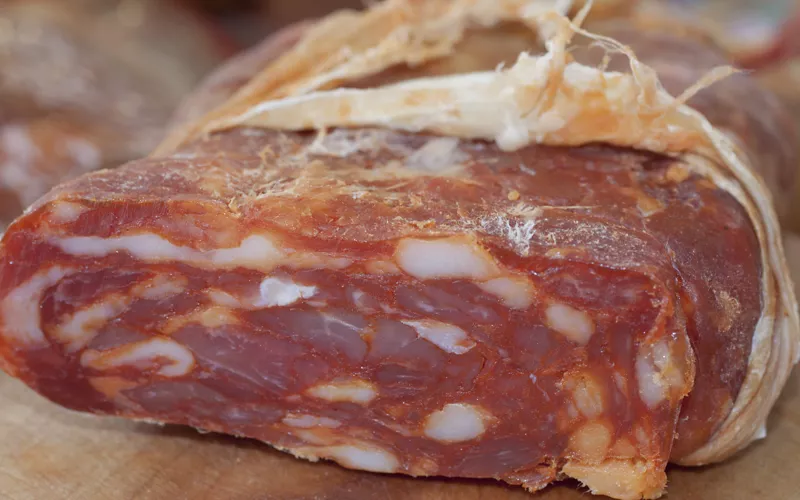
Produced as early as the 19th century as a delicacy of the Kingdom of Naples, of which Molise was part, the Molise Soppressata is still loved throughout the territory today for its straightforward and strong flavour. As tradition has it, it is prepared with a selection of premium cuts of pork: fillet, loin, shoulder and neck. Precious ingredients that are mixed by handadding only a small amount of lard, salt and peppercorns, before being stuffed into a natural casing. At this point, the soppressata is placed in the press for a few days, then left to dry in ventilated and fire-heated places: a process that gives it a light smoking and its beautiful characteristic red colour. The final step is another stage of ageing, which lasts about five months, and storage in a glass jar covered with lard, before being ready for tasting.
Soppressata molisana remains firm when cut but melts in the mouth: it is delicious eaten with bread but also perfect for use in traditional recipes, such as cavatelli with soppressata sauce.
Beyond Molise Soppressata
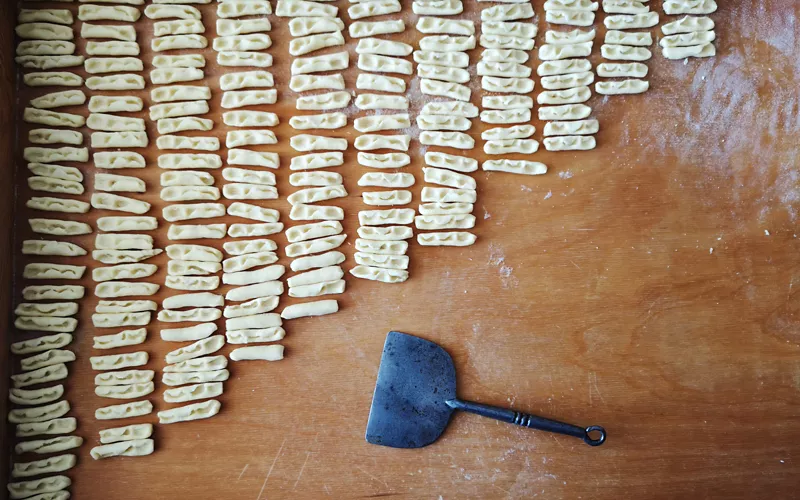
Cavatelli are one of the most famous types of fresh pasta in Molise, prepared especially in Campobasso with a sheet of durum wheat flour and water without eggs. They have an elongated shape with an empty space in the middle and are typically enjoyed with a meat sauce made from pork ribs or with spigatelli, that is, turnip greens.
Molise also gave birth to another type of pasta that is now among the best-loved throughout Italy: fusilli, which are rolled with an iron and then left to dry in the open air. Their traditional accompaniment involves a lamb-based saucewhich can be further enriched with sausage or veal.
One of Molise's cured meats is the Signora di Conca Casale, a prized sausage and Slow Food Presidium. In the village of Conca Casale, above Venafro, a sausage is produced that, as its name suggests, was intended for the wealthiest people, and to make it, the most prized cuts of pork, such as loin and shoulder, plus bacon fat were used. Black pepper, red chilli pepper, wild fennel and coriander are added to the mixture: intense aromas that give Signora a unique taste.
There is no shortage of cheesessuch as the caciocavallo of Agnone, which has been produced in Isernia since the times of Magna Graecia; or the Treccia di Santa Croce di Magliano, a stretched cheese that looks like a large braided ribbon and is prepared during the feast of Madonna dell'Incoronata; or for San Giacomo, when the braid is placed around the necks of shepherds and animals to receive the traditional blessing of good luck.
Molise cuisine is the union between the products of the land and the peasant and seafood traditions. In Termoli, in fact, you can taste the famous fish soupwhich includes at least ten different types of fish and changes according to the season and availability, ranging from redfish to seafood, from mullet to cuttlefish, from sole to smooth dogfish and cod: its unique flavour is given by the addition of fresh peppers to the dish. Also from Termoli comes another Molise delicacy, originally created as an accompaniment to soup, the scescille: small balls of stale bread, eggs and cheese, which are cooked in a tomato and pepper sauce.
Per avere maggiori informazioni sulla Settimana della cucina italiana nel mondo, clicca qui.

